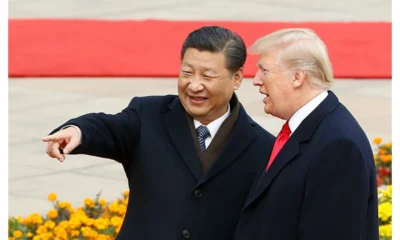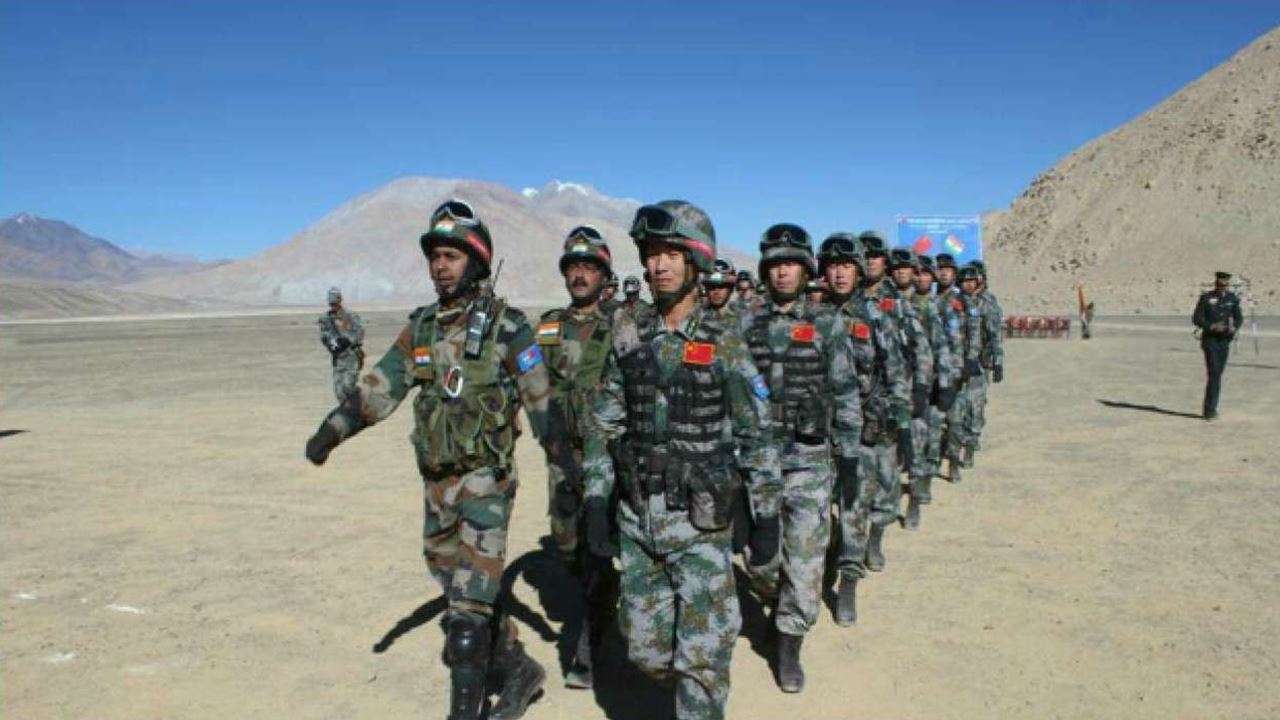China news
NEW COLD WAR IN OFFING ?
We are on the cusp of a New Cold War, and this time a choice has been forced on India. Despite sincere attempts to build a multi-polar world and not take sides, China has compelled India to get drawn into an alliance of nations which believes in democracy and a rules-based world order. As long as a dictatorial Chinese regime is in power, India cannot return to status quo ante.
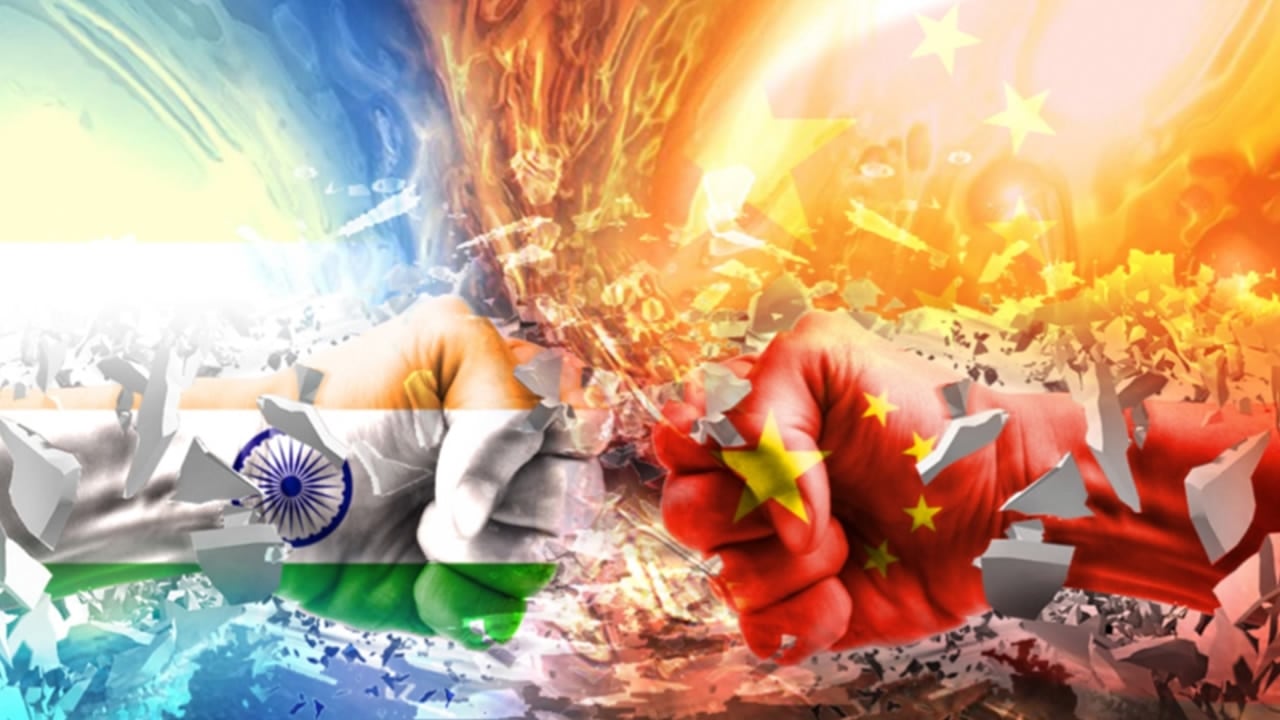
China news
India, China to hold ninth round of military talks today to resolve Ladakh border standoff
In a bid to end the standoff at Ladakh border, India and China will be engaging in ninth round of military level talks.
China news
INDIA, CHINA DISCUSS WAYS TO DE-ESCALATE
Reacting to the another round of diplomatic dialogue held between India and China on Thursday, the Ministry of External Affairs said that the two countries agreed to resolve the outstanding issues in an expeditious manner and in accordance with the existing protocols.
China news
INDIA MAY TAKE FRESH ACTION ON ECONOMIC FRONT AGAINST CHINA
With the People’s Liberation Army is still holding forward positions on Pangong Tso and Gogra-Hot Springs area of Ladakh
-
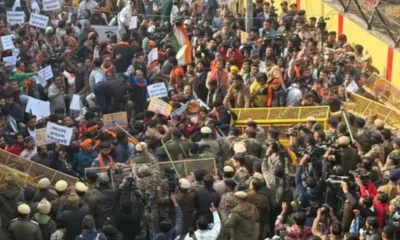
 India News20 hours ago
India News20 hours agoProtests outside Bangladesh High Commission in Delhi over lynching of Hindu youth in Bangladesh
-

 India News17 hours ago
India News17 hours agoBJP raises seat offer to Eknath Shinde’s Shiv Sena to nearly 90 ahead of Mumbai civic polls, talks continue
-

 India News20 hours ago
India News20 hours agoJ&K cabinet clears residential plot allotment for flood-affected families
-
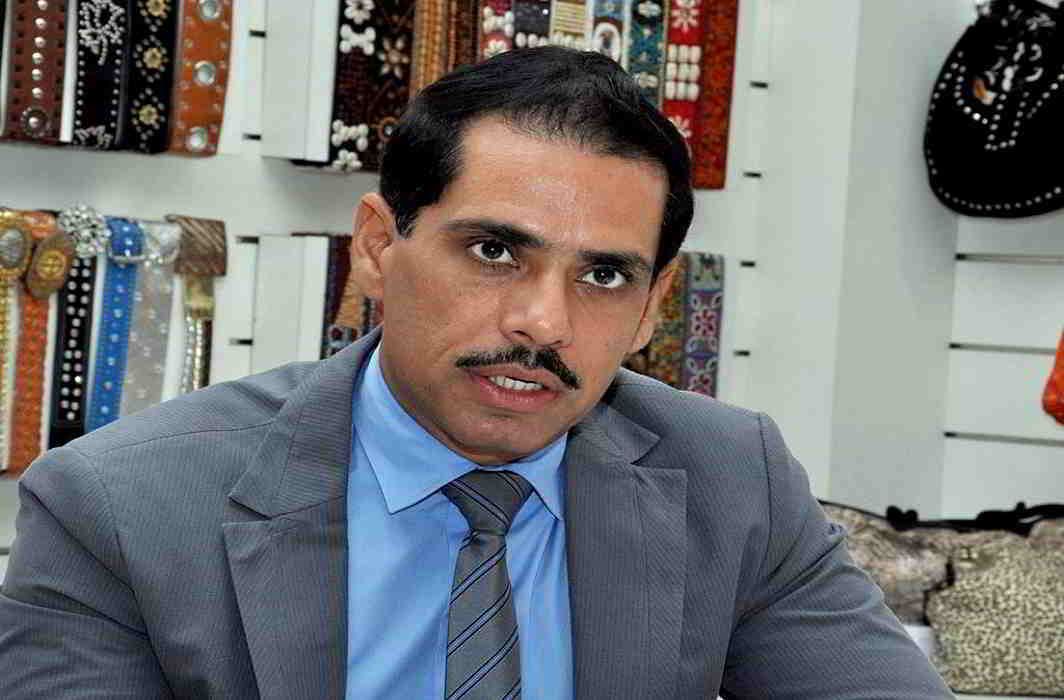
 India News18 hours ago
India News18 hours agoEveryone has their demands: Robert Vadra responds to calls for Priyanka Gandhi as PM candidate
-

 Entertainment18 hours ago
Entertainment18 hours agoThe Odyssey trailer: Christopher Nolan unveils first look of epic journey led by Matt Damon
-

 Entertainment17 hours ago
Entertainment17 hours agoGovinda’s Avatar: Fire and Ash cameo clips go viral, truth behind the AI-generated videos
-

 India News2 hours ago
India News2 hours agoIndia’s LVM3 Baahubali rocket launches heaviest satellite ever from Indian soil
-
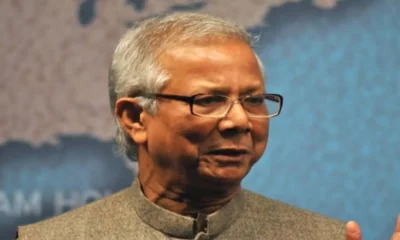
 Latest world news2 hours ago
Latest world news2 hours agoBangladesh student leader killing sparks allegation against Yunus-led interim government over February polls





